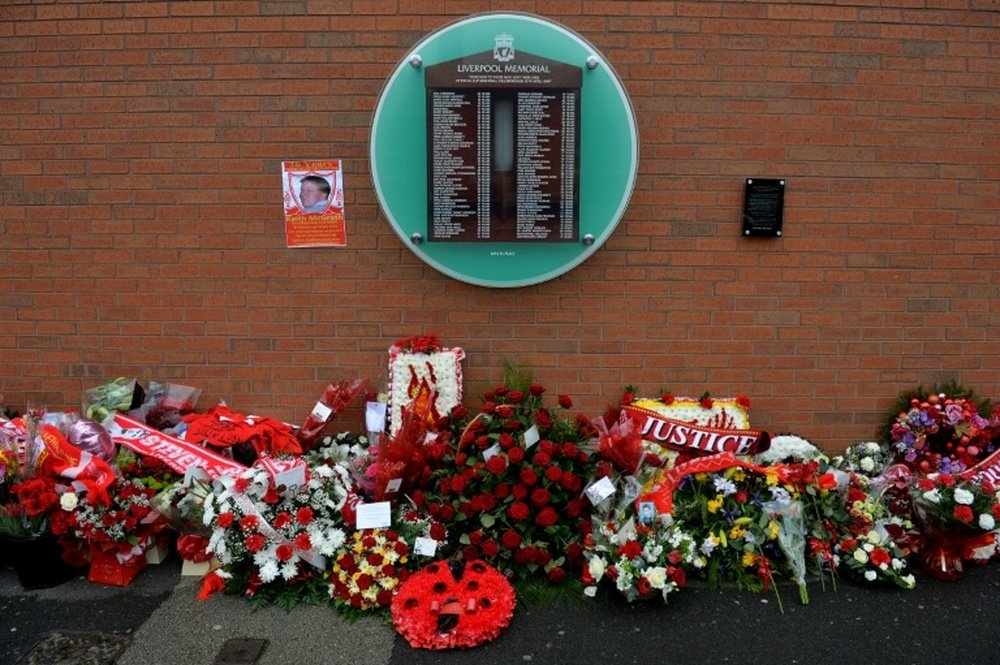How the Hillsborough disaster unfolded


Bright blue skies greeted fans of Liverpool and Nottingham Forest who had travelled to the industrial city of Sheffield in northern England for an FA Cup semi-final at Hillsborough, home of Sheffield Wednesday.
Mingled with the anticipation was a sense of deja vu. The sides had met at the same ground at the same stage of the previous season's competition, Liverpool winning 2-1.
Despite bringing far more supporters to the game, Liverpool had been given the small Leppings Lane stand at the west end of the stadium, with the larger Spion Kop behind the opposite goal taken over by Forest supporters.
The terraces behind the goal at the Leppings Lane end were split into pens and by 2.30pm, pens three and four directly behind the goal were already heaving with supporters.
"Looking around, I could see that fans older and clearly more seasoned than me were getting edgy," recalled Liverpool fan and survivor Adrian Tempany.
Roadworks had held up some Liverpool fans en route to the game and with kick-off fast approaching at 3pm, thousands of supporters found themselves stuck outside the turnstiles, pressing to get in.
This created a bottleneck effect and when it became clear that fans were in danger of being hurt, a decision was taken to open Gate C in the security wall and release the pressure on those blocked outside.
The fans poured into the ground, sweeping through the concourse that led to the terraces and straight into the already overcrowded pens behind the goal.
The result was catastrophic.
Penned in by the perimeter fencing at the front of the stand, 94 men, women and children in pens three and four were slowly and horrifically crushed to death.
- Makeshift stretchers -
"Within feet of me people were standing dead, bolt upright," Tempany said.
"The only comfort I could find was that thousands of people who were still alive were now shouting for help, screaming, 'There are people dead in here!'"
One victim, 14-year-old Lee Nicol, perished seven days later, with the 96th and final casualty, Tony Bland, dying in March 1993 after never regaining consciousness.
Oblivious to the unfolding tragedy, police allowed the game to kick off as scheduled at three o'clock.
Very quickly, though, it became apparent that something had gone tragically wrong, as fans desperately sought to haul themselves over the perimeter fence or clamber into the tier above.
At 3.06pm the match was brought to a halt by the referee. Finally, police opened a gate in the perimeter fence and the pressure in the pens was eased.
Breathless fans spilled onto the grass and were soon ferrying their gravely injured counterparts across the pitch on makeshift stretchers fashioned from advertising hoardings.